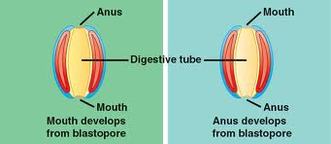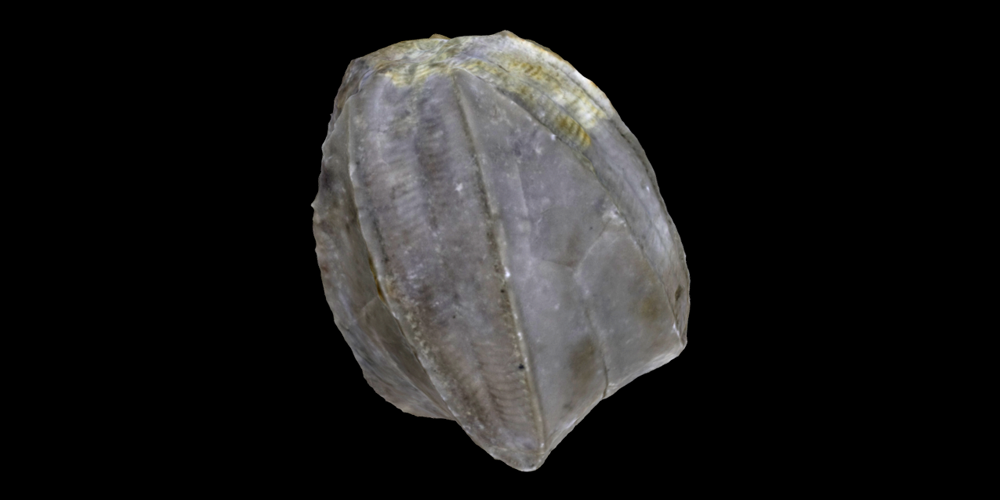
Echinoderms are also the largest phylum that has no freshwater or terrestrial (land-based) representatives. The phylum contains about 7000 living species, making it the second-largest grouping of deuterostomes (a superphylum), after the chordates (which include the vertebrates, such as birds, fishes, mammals, and reptiles). Echinoderms are found at every ocean depth, from the intertidal zone to the abyssal zone. The adults are recognizable by their (usually five-point) radial symmetry, and include such well-known animals as sea stars, sea urchins, sand dollars, and sea cucumbers, as well as the sea lilies or “stone lilies”.
#Asterias blastopore how to
B A Refresher on How to Use The MicroscopeĮchinoderm is the common name given to any member of the phylum Echinodermata (from Ancient Greek, echinos – “hedgehog” and derma – “skin”) of marine animals.A Explanations of Important Terms And Concepts.

14.8 Mammalian reproductive organs and gametes.14.2 Embryogenesis and Embryonic development.14 Reproduction in Animals and Gametogenesis.13.20 Comparison of Vertebrate Skeletons.13.19 Locate the following bones of the human skeleton:.10 Echinodermata, Hemichordata and Chordata.9.5 View Prepared Slides of Trichinella.8.11 View Prepared Slides of Schistosoma.8 Rotifera, Platyhelminthes, Molluska and Annelida.6.6 View Prepared Slides of Monocots and Eudicots.6.4 View Prepared Slides of Angiosperms.6.2 View Prepared Slides of Gymnosperms.5.12 View Prepared Slides of Selaginella.

5 Non-vascular Plants and Plants Without Seeds.



 0 kommentar(er)
0 kommentar(er)
